Victoria Lovell
Advisor: Herbert Enns

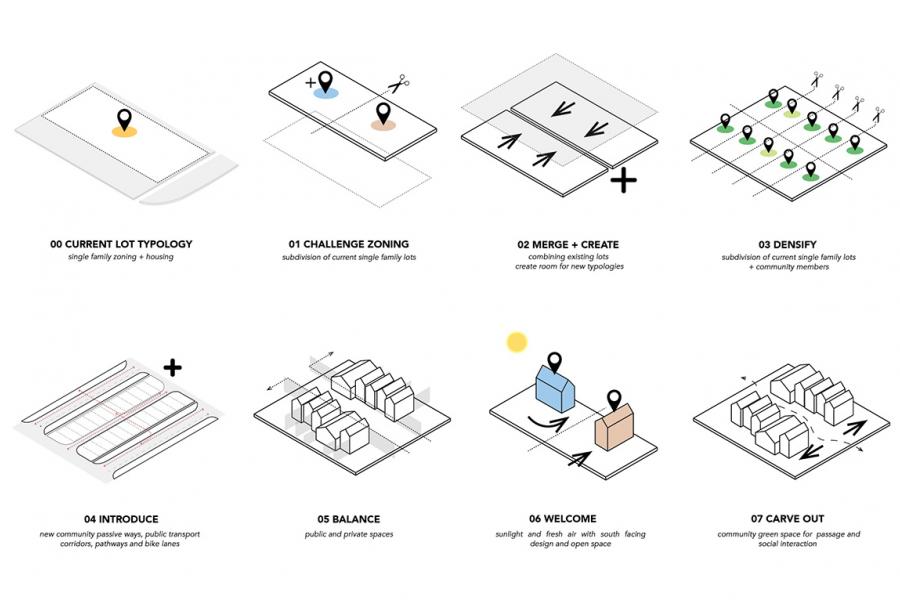
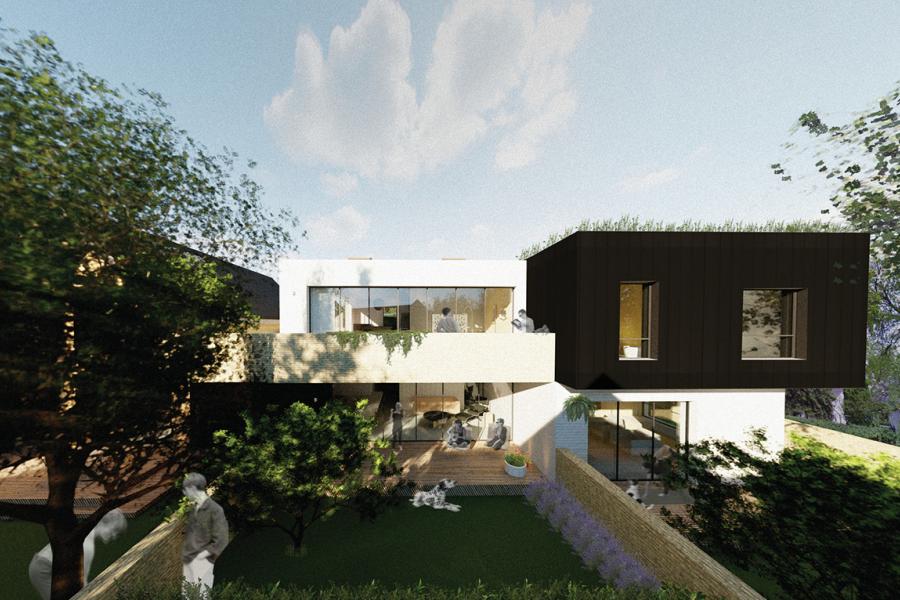
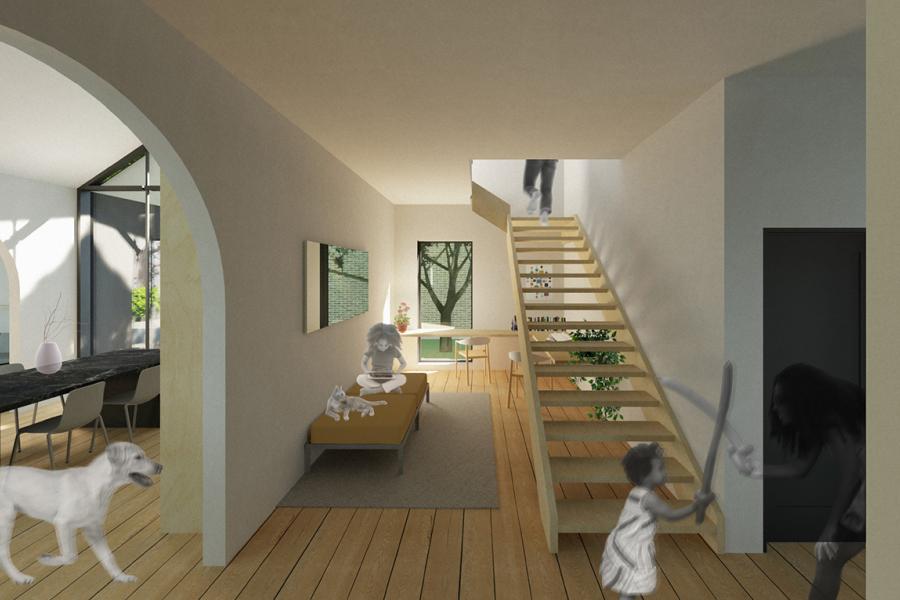
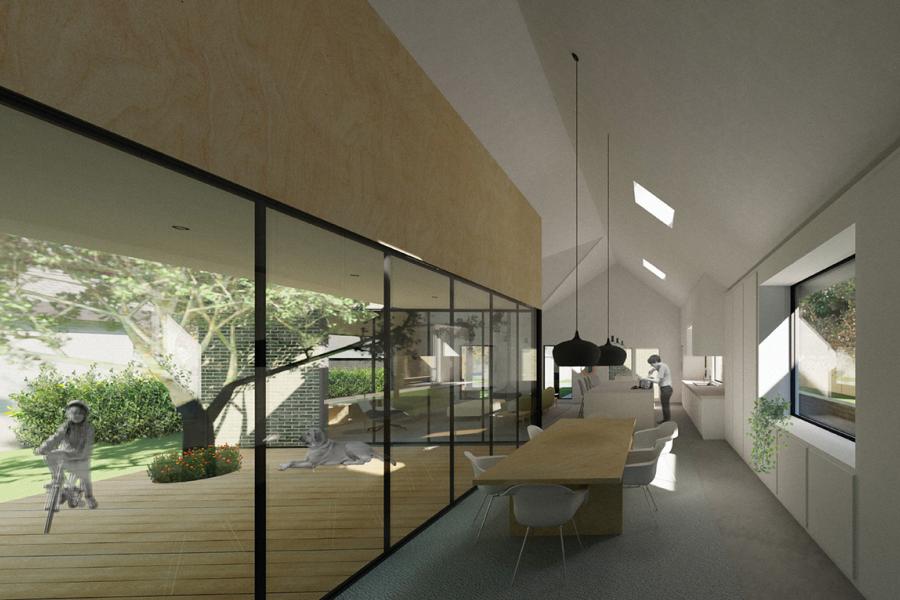
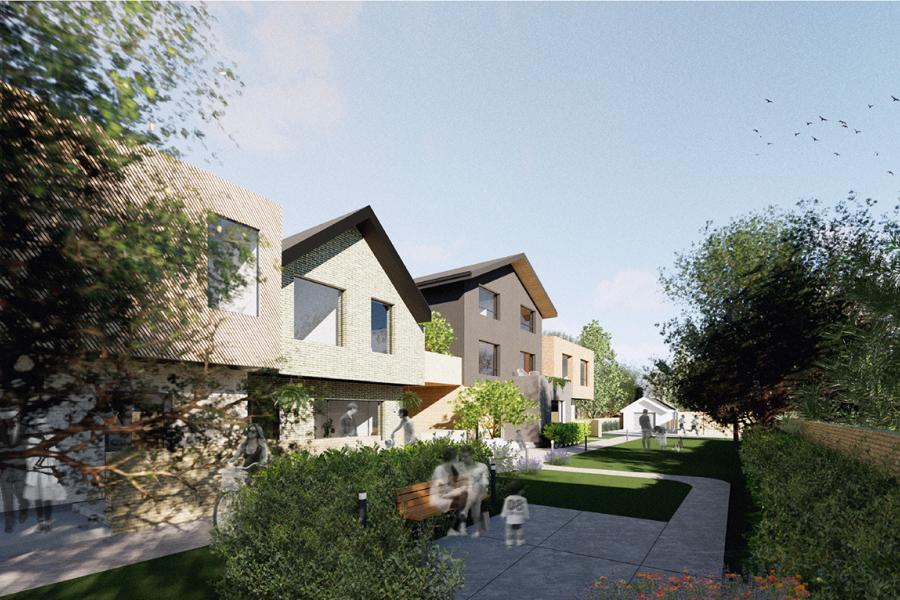
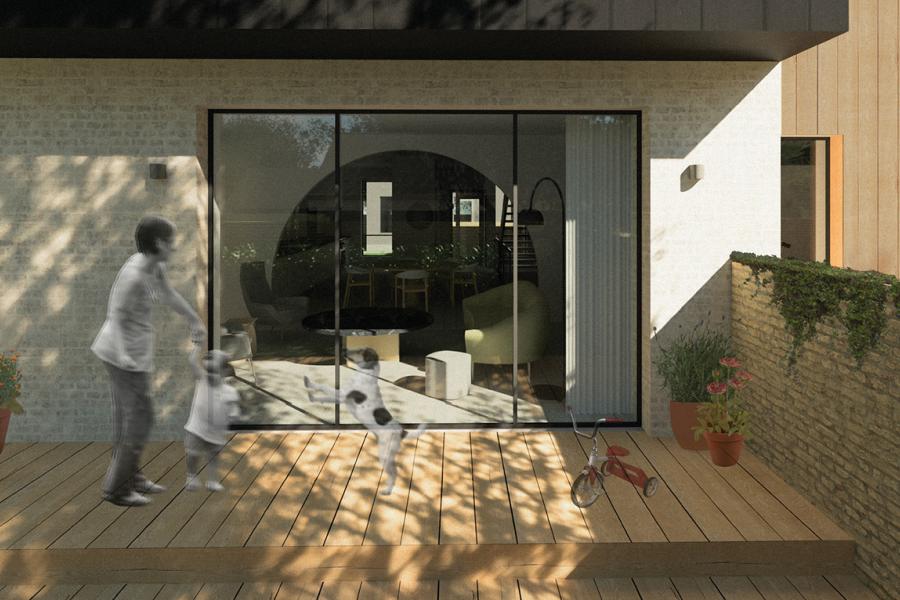
Conscious Living in the Twenty-First Century: Rethinking Domestic and Community Arrangements
Design matters because people matter.1
Life in the twenty-first century begins with a string of expectations and comes with daily technological advances, environmental changes and an increasingly complicated means to survival. Majority of people spend most of their time in spaces they have little to no control over - how do these spaces affect their psyche and overall well-being? The field of neuroscience has proven that the stimuli taken in by human sensory systems affect them on a cellular level 2 - that is to say, the space in which people spend their time ingrains itself in them and, forever become part of who they are. In a world of many choices but little control, what spaces have the power to change? Many psychologists suggest that the home plays a particularly symbolic and important role in a person’s psychological identity as it serves as an extension of their sense of self, a shelter from the outside world, and a place to just be.
A series of thoughtful and intimate studies along with supporting scientific research will guide the search for a means to better design a place for living. Working from the inside out, what is it that makes a space comfortable or appealing? How can design accommodate peoples physical, mental and emotional well being? What new kinds of spatial relationships will aid in not only survival but success in today’s world? Is there a way to simplify and detect the necessary components of a home? What qualities bring wellness to not just a home but a community? Questions of place, existence, and wellbeing will help guide studies into further understanding how the psychology of our domestic space affects personal well being and in turn humanity’s contributions to society. Using environmental psychology, the field of neuroscience and its theories on how humans relate, experience and take in spaces -the question is “How, then, shall we live?”3
1Helfand, Jessica. Design : the Invention of Desire Observer edition. New Haven: Yale University Press, 2016, 24.
2Keh, Pei-Ru. “A Google Installation in Milan Lets You Measure Which Interiors Are Good for Your Health.” Wallpaper*. Wallpaper*, April 8, 2019. https://www.wallpaper.com/design/google-a-space-for-being-salone-del-mobile-2019.
3Dorst, Kees, Kaldor, Lucy, Klippan, Lucy, and Watson, Rodger. Designing for the Common Good : a Handbook for Innovators, Designers, and Other People Amsterdam: BIS publishers, 2016, 2.
